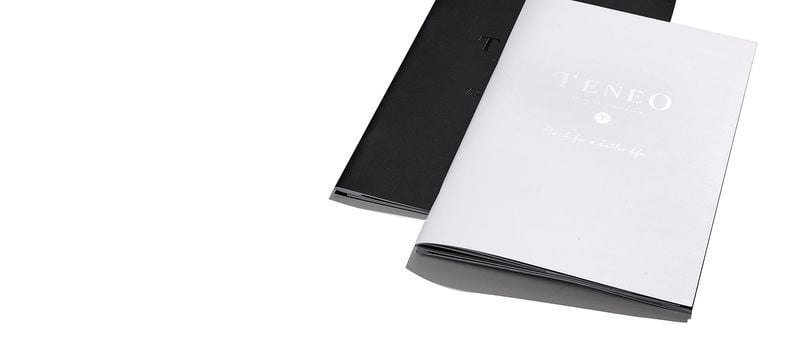The Smart Packaging Revolution
)
Whether it's reducing waste, attracting new customers or fighting fraud, embedded smart technology is quickly becoming the next big thing in packaging.
For the vast majority of the packaging industry, the use of smart technology in the supply chain is nothing new. After decades of the bar code and later, the QR Code, RFID tags and electronic chips are used throughout the industry to track products as they move from manufacturer to retail outlet. But their use beyond the supply chain has been limited to scannable codes that give access to product information and one-off marketing campaigns.But with the development of new and more cost-effective technology, those codes and campaigns are about to become a lot more available and useful to both customer and producer, improving both the value and the sustainability of packaging.
$52bn and counting
In the past few years, the area of smart packaging has become a multi-billion dollar industry. According to a report by Accuray Research, the global smart packaging market is set to grow by 5.4% over the next decade to reach $52bn by 2025.
A significant portion of that value will be in food traceability, which is expected to be worth more than $18.5bn by 2023 (Allied Market Research, 2017), driven by the concern people have about where their food comes from. Using electronic chips embedded within the packaging, customers can use their smartphones to trace exactly which farm their food was grown on, as well as how far it's travelled and how long it's been stored for.Such technology is also useful for food producers concerned about their products being copied and sold as counterfeits. In the extra virgin olive oil market, as much as 70% of the product sold is thought to be fake, a group of extra virgin olive oil producers asked Norwegian firm Thin-film to develop an NFC (near-field communication) chip that could be used within the packaging of their premium products. Customers could then use their phones to connect with this chip to ensure they had the genuine product.
Embedded information
As well as details on provenance, a number of firms are looking into embedding practical information into their packagings, such as operating instructions or recipe ideas. "There's absolutely no reason why you can't scan your ready meal and have that tell the microwave what setting to put it on," said Andy Hobsbawm, co-founder of smart products company EVRYTHNG.
Of course, once you start being able to embed information and content into packaging, then it's only a matter of time before the marketing departments start to advertise through this new communications channel, offering videos, competitions and ads for other products that pop up on your smartphone.Indeed, this is already happening. For evidence, see the McDonald's 'Track My Macca' campaign in Australia, which invited customers to scan their burger box with their phone to receive exclusive AR content.
Environmental impact
But perhaps the most useful application of smart packaging is in helping the environment. With smart technology able to detect whether certain foods are still safe to eat, it could extend the shelf life of a product, reducing food waste and providing greater efficiency in the supply chain.
Not only that, embedded information could provide the customer with detailed information about how the packaging can be recycled and even directions to the nearest recycling centre."Solutions are now being implemented to help combat waste and prevent food waste," said Eef de Ferrante, Director of the World Congress on Active & Intelligent Packaging. "The environmental issues we face can be solved by advancements in technology and implementation in the packaging industry. I strongly believe active and intelligent packaging will make great changes to these issues."
Smart packaging in action
Smart Vial Kit - Schreiner MediPharm
The international medical labelling and packaging company based in Germany has created a cardboard medicine box that tracks and monitors the medication it holds, providing a patient or doctor with information on which medication was removed from which compartment. The packaging contains an integrated electronic circuit that connects to a smartphone using NFC technology, and can even provide information on the temperature inside the packaging.
THE BOX - LivingPackets
Swiss startup LivingPackets has launched a sustainable and trackable shipping box that, according to the makers, generates almost zero packaging waste. Simply called 'THE BOX', it features real-time environmental monitoring (location, temperature, humidity, shocks, opening), as well as an integrated camera for remote viewing of the contents. THE BOX targets the booming e-commerce sector and allows customers to either pay for or return an item simply by pressing a button on the packaging.
Meray Muesli display - Fresh Nuts Gmbh
Display packaging is ideal for smart connectivity, allowing brands to provide customers with in-store content and communication to draw them towards the product and encourage purchase. To launch their new range of mueslis, German food brand Fresh Nuts used a display that featured images with digital watermarks, which can be read using a free app on a smartphone. By pointing their phones at the display images, customers can access video content, encouraging them to try the new breakfast cereal.
This article first appeared on twosides.org.au
| Tags:Industry News |

)
